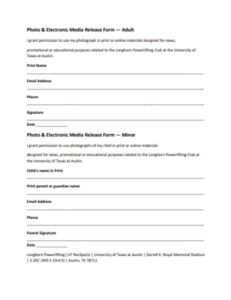A media release form, in simple terms, is a form which a person signs so as to allow other parties to take pictures of the individual, make videos on him or record his voice. They might also give authority to edit these videos or these pictures before publishing them in the papers.
Due to the technology boom, this world has witnessed, media release forms have recently taken a new life altogether. Today, there is a variety of content to be covered in these releases. It might be social media content, website content or other online content. In addition to this, the content itself has undergone a definition of change. Content might include pictures, videos, audio clips, documents and code snippets too.
In this article, we will discuss various aspects of media release forms to understand them better.
Contents
Structure, components, things to be added
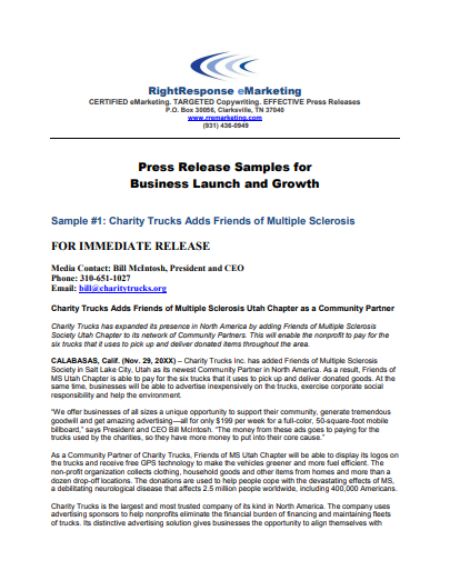
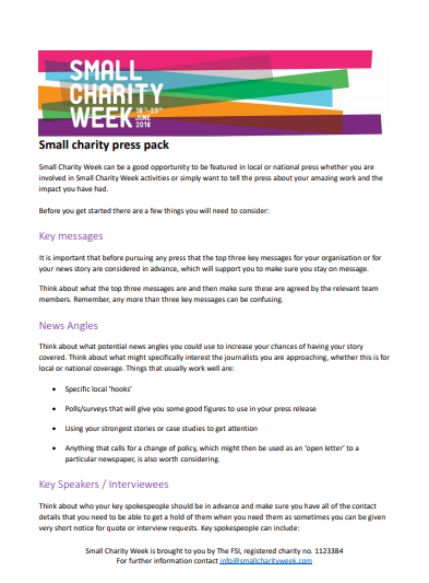
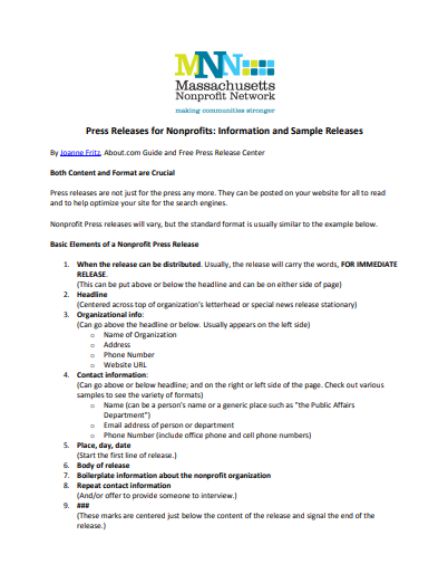
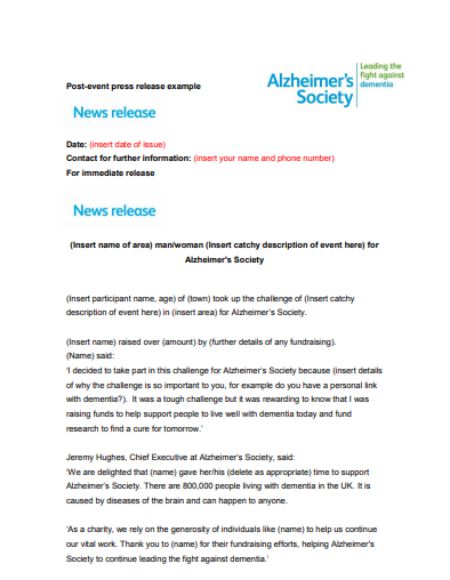
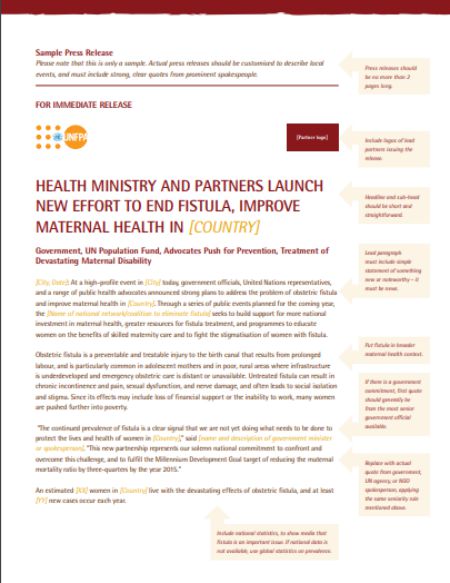
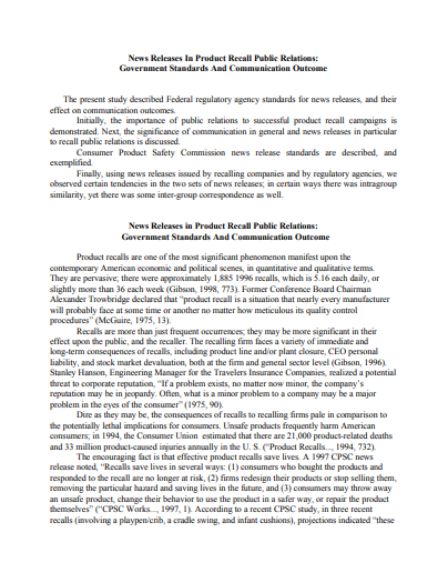
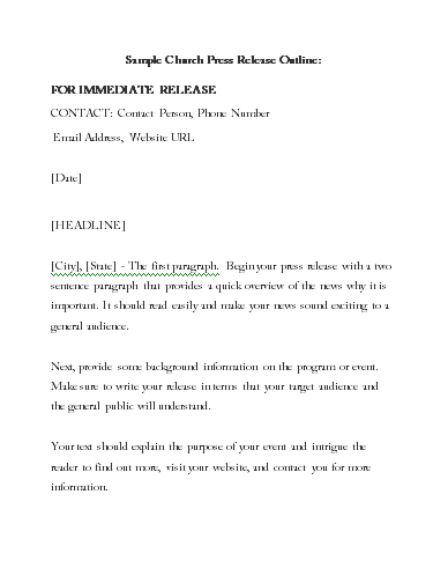
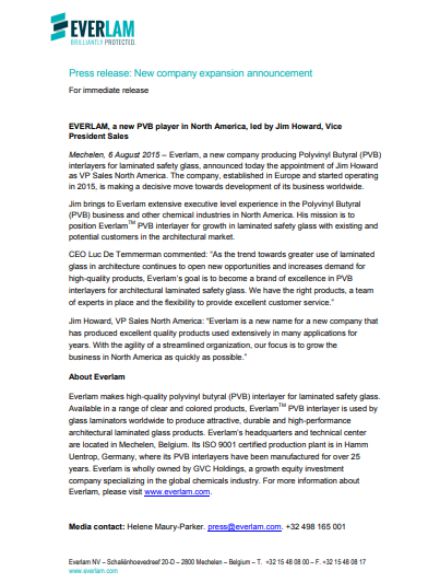
Media release forms are generally sent to publishers, newspapers, online content outlets and the like. They are also made for different contents. Hence, they might be made in a number of different combinations. However, certain core components are usually always present like:
- Background: Background contains the context in which the right is being waived like the event, medium, platform and the like. It might not be a separate section of the release. However, it is bound to affect all the other components.
- Person details: All the details regarding the concerned individual or entity like name, address, email, phone number, age etc. These details are important to identify the individual. It is a good idea to be as specific as possible with regard to this particular section.
- Rights waiver: What are the rights which are being waived by the person or entity in question? Does he give reproduction rights or editing rights too? Can the rights be used by the entity only or anyone authorized by the entity would also work? How long have the rights been waived? All of these are important aspects which must be cleared in the media release.
- Signature: This might be the shortest and yet the most important component of the document. With the signature, the form is now a legally binding document which can be shown in a court of law to prove an entity’s rights.
Other than this, it is important to ensure that all the parties who are giving their rights are mentioned in the form. Similarly, all the entities authorized for using the content must be mentioned too. Lastly, there must be an acknowledgement of the entity’s age. If he or she is a minor, a guardian would have to sign the document.
Uses/Importance
Media releases are important documents and have been in use for years now. Though they carry a lot of weight and have a number of benefits, the following three advantages seem to stand out:
- No future legal liability: The entity can use the material with more surety as it has a written document which clearly states its rights. In the future, no one would be able to take legal action against the client for using these materials.
- Intimation to relevant person: Media release forms also serve another secondary purpose. They inform the concerned person regarding the ways in which his content can be used. As such, it does not come as a shock when he or she sees its use in practice.
- Clear terms and conditions: It is true that the content owner has a fair idea of what can possibly be done with their material. Still, it will be in the interest of both the owner and the receiver to clear things out using a formal agreement. The kind of waivered rights, their longevity, their limits etc are better discussed outright in clear terms.
Steps for effective media release
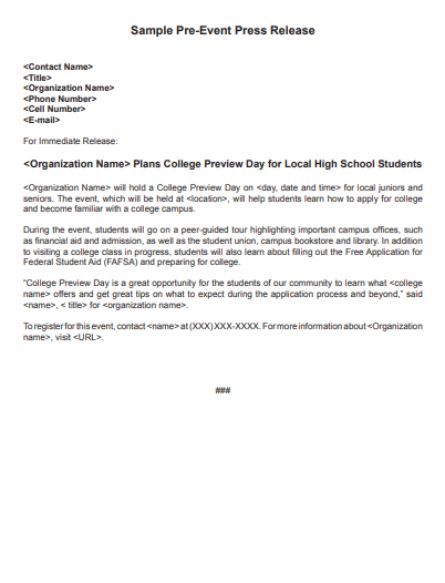
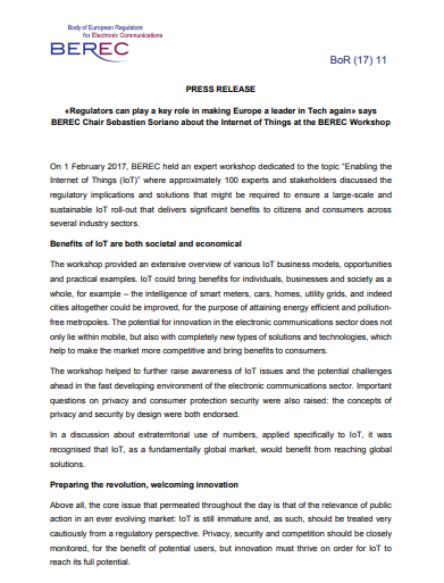
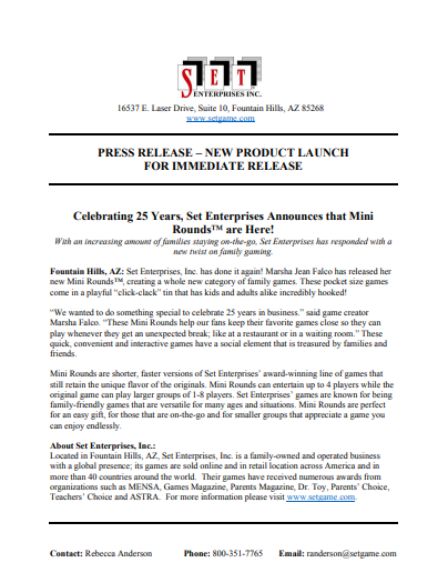
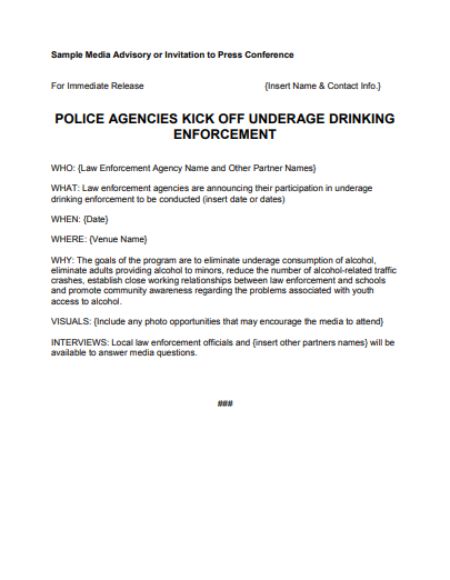
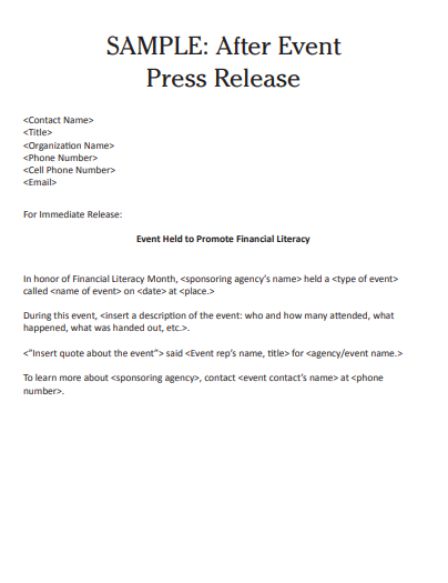
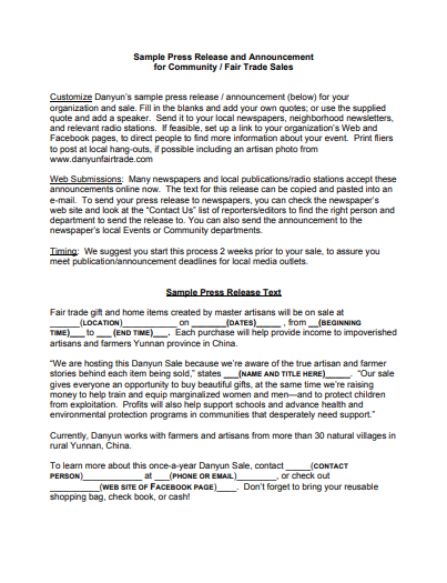
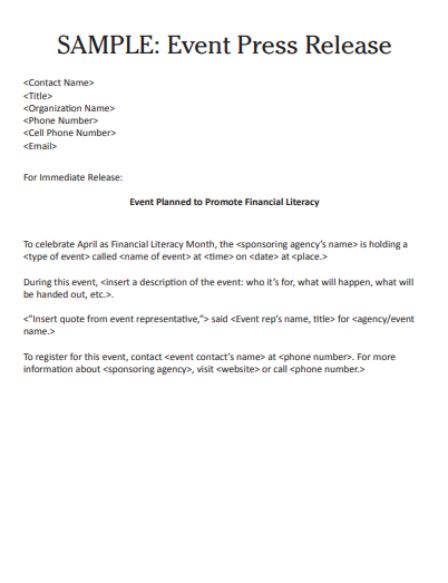
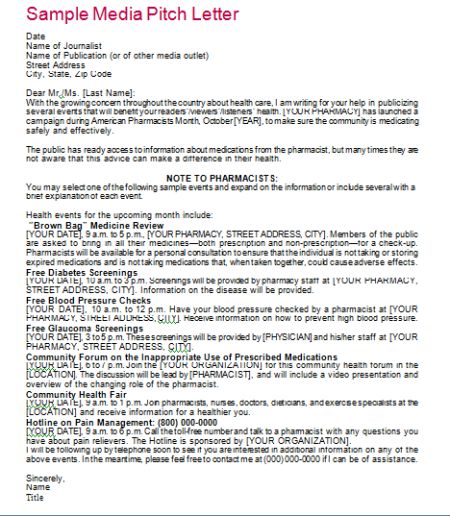
- Identify all the details: First things first, one must identify all the relevant details. The kind of event, details of the person, his or her address, date and time of the event and the like. Once these are known, the media release drafting process can begin.
- Mention only those rights which are needed: what the rights that you would like to get? Would you like simple reproduction rights or editing rights too? Also, make sure that you take into account digital sharing and internet transfers into consideration. In case a person downloads the file from the internet and uses it, you must not be held responsible for it.
- Evaluate the longevity of the rights: How long would you like to have these rights for? Would you like to have them forever? These are pertinent questions which must be discussed carefully with the related parties and mentioned in the form. If not given due attention at the right time, they can turn into a nightmare in the future.
- Make sure you get the form signed by everyone: All the participants must end up signing the form. In case any one of the participants does not sign the form, the entire footage might go to waste.
A special case occurs in outdoor movie shootings where there are a number of people around and it is impossible to get all of them to sign the form. In this case, a common solution is to hang a board there so that everyone is aware of what is going on.
Different Types of Media Release Forms
Social media release form template
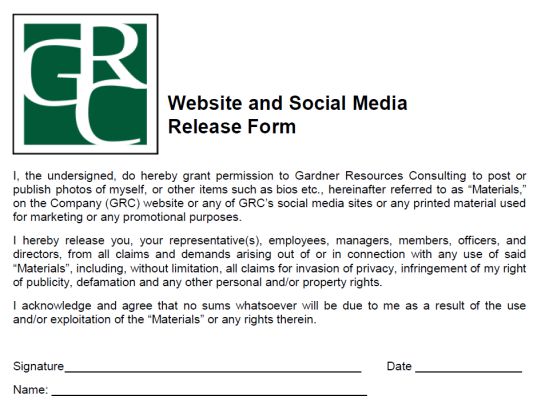
Social media release form templates are different in the sense that they are more specific with regard to the platform being discussed. In this regard, it is necessary to know the proper terminologies with regard to all the platforms.
In the case of Facebook or Instagram, one might need to take permission with regard to posts or stories. In the case of Pinterest, a person will waive rights with regard to his pins. Further still, Twitter users will allow others to use their tweets. It does not stop there. Every platform will have different terminologies which must be taken into account.
Also important is to take into account the entity putting up the content. In case of a person, you can take release form from him or her. In the case of a Business page or a twitter handle, the authority might become different. Therefore, it is important to identify the right person before drafting the release template.
Media release form for minors
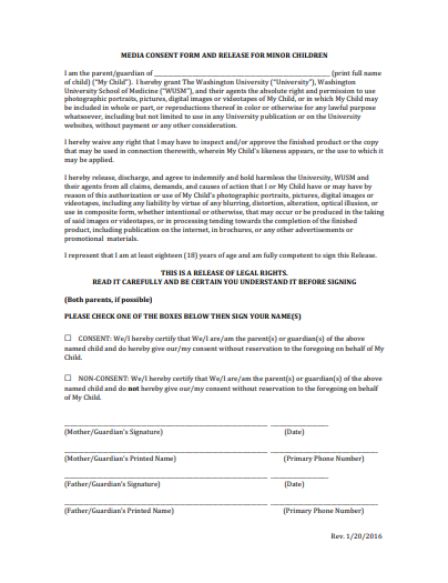
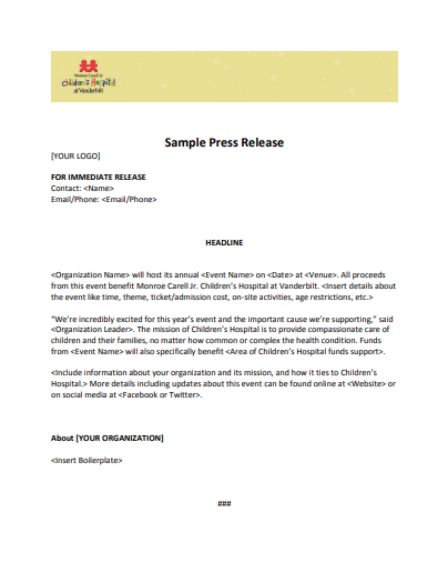
According to law, minors cannot give draft such release forms on their own. As such, they will need a guardian to do the same for them. The template, by and large, remains the same except that it features the name of both the minor as well as the guardian.
Also, all the points will be with reference to the minor. For example: In the case of an adult writing his media release, he might say that the media can use ‘my’ image. However, if that same adult is signing the media release form for a minor, he or she would authorize the media to use ‘the child’s’ image. Except for this, the form will be created according to the situation at hand. For example: if it is with regard to a local dance event, the same will be mentioned.
Why are minors not allowed to sign media release forms? Usually, it is because they are not considered mature enough to take their own decisions. Hence, they cannot enter into legally binding contracts on their behalf. As such, minors will always need guardians to sign media releases.
Media release form for students
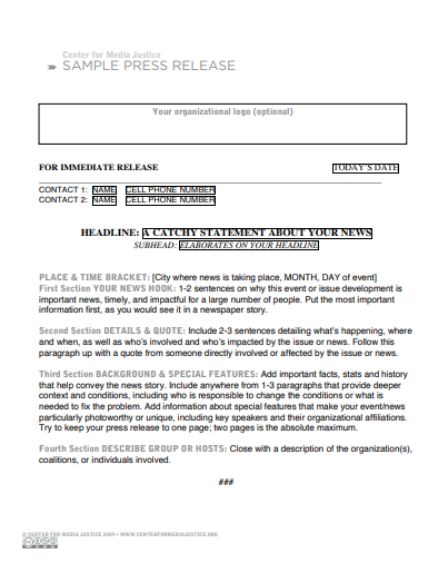
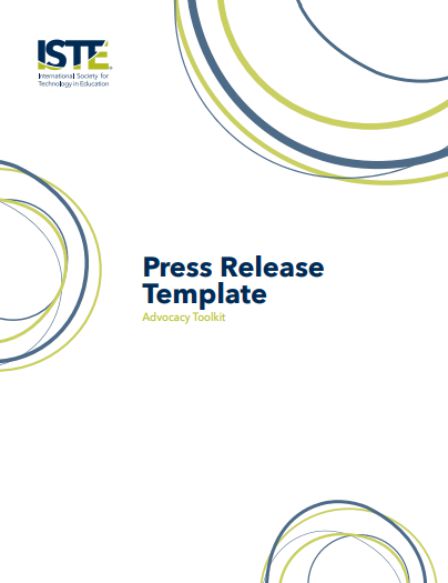
For both minors and students, the media release template undergoes similar changes if the student is below 18 years of age. However, the setting in which the form is released might be different. In the case of students, such forms usually relate to competitions or school functions. Hence, the media release form will be drafted accordingly.
In case a student is more than 18 years of age, he is treated as an adult. Hence, it must be noted that media release forms do not have much to do with students or non-students. On the other hand, whether a person is a minor or not is of way more importance.
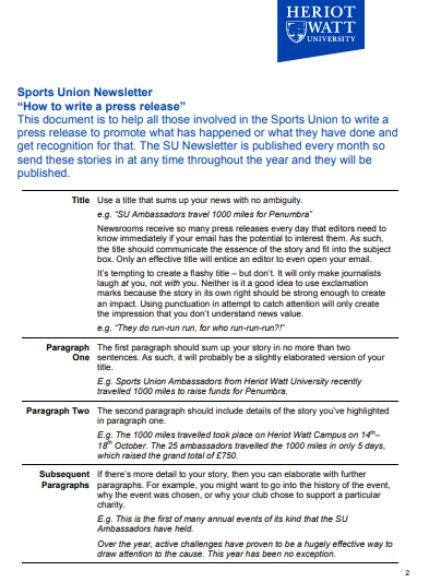
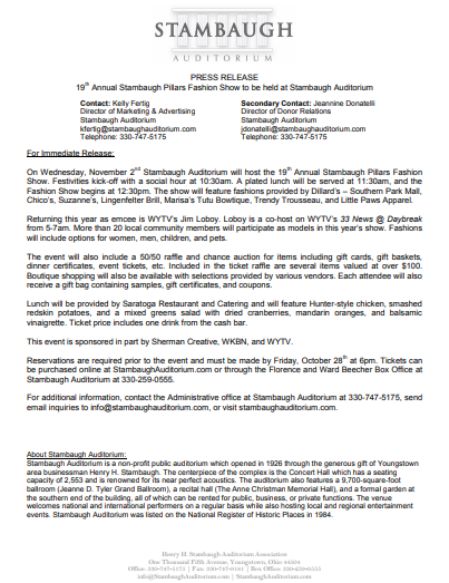
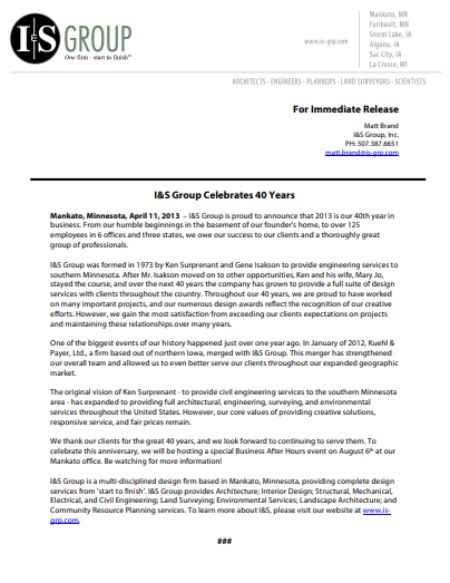
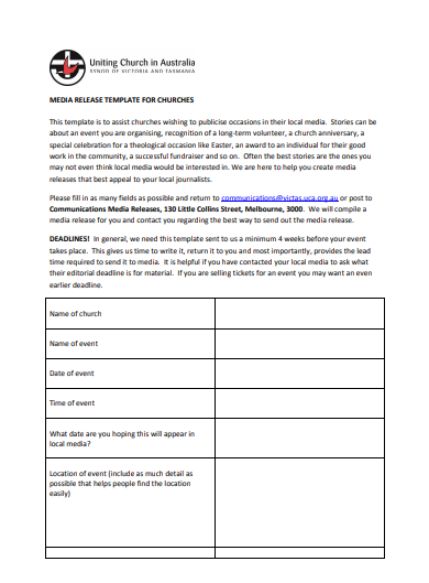
Website and social media release form template
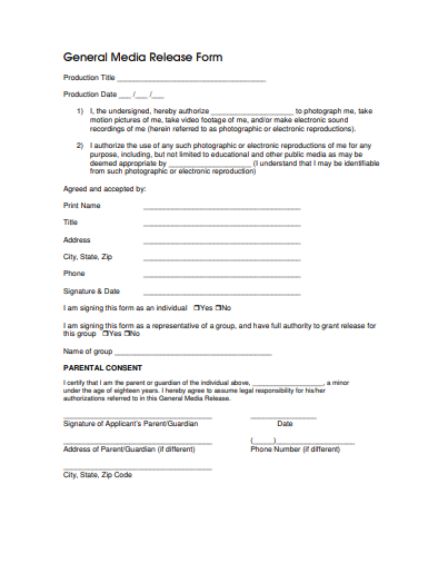
Websites are more complicated assets as compared to social media. Social media releases often contain short text write-ups, small videos or a couple of photos. Many social media outlets also have a number of limitations. For example, Twitter allows only a limited number of characters while Instagram does not always allow the use of links in their posts.
On the other hand, a website is a person’s own digital asset and he or she might post anything worthwhile. It might even be PDF documents or audio clips. Hence, as compared to social media release templates, website templates should be more detailed and take into consideration these additional aspects.
A special case occurs when social media content is embedded in the website. In this case, it is better to take separate permissions. Also, websites usually quote other’s social media content on their pages. Hence, it must be noted that they might have no authority on their use at all.
Media release form for adults
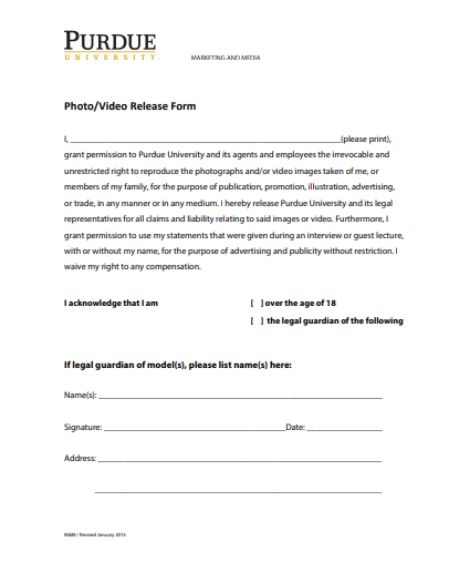
Whenever adults sign a media release form, they are considered matured enough to take their own decisions. The law feels that they are responsible individuals who can identify what is good or bad for them. As such, such forms are written accordingly. Unlike media releases of minors, adults have only their names and particulars mentioned in the media release form.
Also, media release forms for adults is a very broad category in itself. Such forms will change depending on the kind of releases like a photo release or a social media release or a website release.
Social media photo release form template
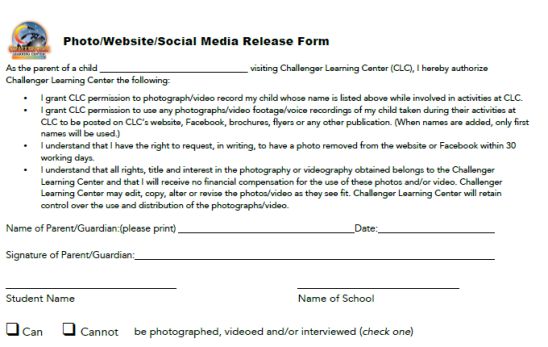
People might upload a lot of content to their social media profiles. However, as of today, images remain the most common method by which people share things. Hence, drafting a robust social media photo release form is of utmost importance.
The form must mention all the details which a regular media release form can be expected to contain. Besides that, the form must mention the user online social media profile too. Also, it is better to take a not of the date on which such photo is being taken. It might come to be a disputable point later on.
Content release form
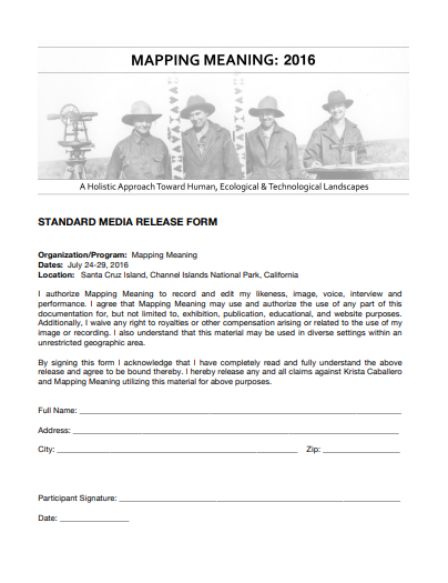
Due to the digital age, we are in, there is no shortage of content all around us. In fact, there are millions of people whose sole job is to create content every single day. However, content is not only about photos and videos. Today, it encompasses a lot more in the form of write-ups, audio files, PDF or other documents etc.
As such, a content release form must clearly mention the kind of content being released by the author, the time period for which it has been released and prescribed uses. Since content can be used by many affiliates of the same entity, such things should be specifically mentioned in the release form itself.
Video release form
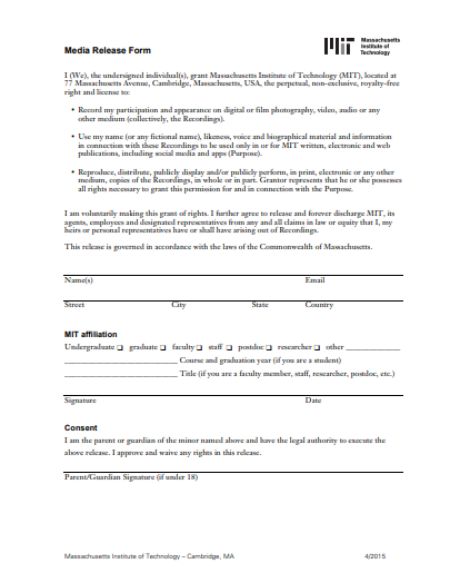
Videos are gradually becoming more and more popular. With cameras on all personal mobile devices, a new video is only a few clicks away. If we compare the videos of today with those of yesteryears, we will also find a gradual increase in camera quality.
However, drafting video releases might not be as simple. First of all, every video is unique. It will usually have more than one person in it and might be shot in unique surroundings. So, it is important to figure out the persons who need to sign the form. Is the video owner’s signature good enough or does the video release need additional signatures?
It might also be important to not club many videos under a single form. Since each video is different, each of them will demand a separate form for themselves.
Conclusion
Large media and publishing houses deal with hundreds of content pieces every day. They must try and ensure to create robust media release forms for themselves which can stand the test of time. This will smoothen workflows while keeping them secure in the long run.
